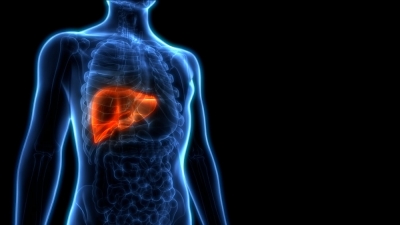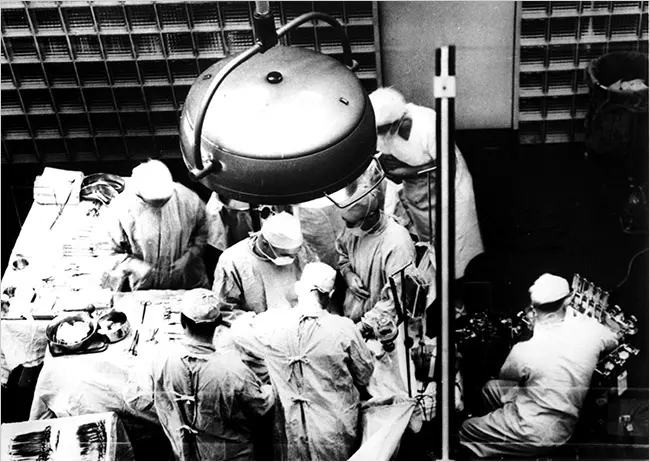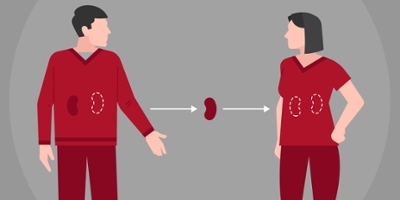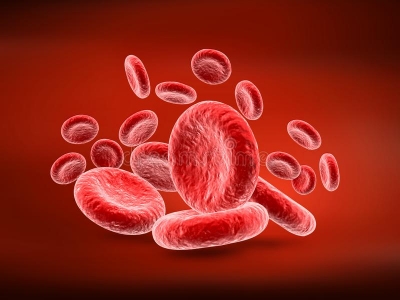
The liver is a large, meaty organ that sits on the right side of the belly. Weighing about 3 pounds, the liver is reddish-brown in color and feels rubbery to the touch. Normally you can't feel the liver, because it's protected by the rib cage.
The liver has two large sections, called the right and the left lobes. The gallbladder sits under the liver, along with parts of the pancreas and intestines. The liver and these organs work together to digest, absorb, and process food.
The liver's main job is to filter the blood coming from the digestive tract, before passing it to the rest of the body. The liver also detoxifies chemicals and metabolizes drugs. As it does so, the liver secretes bile that ends up back in the intestines. The liver also makes proteins important for blood clotting and other functions.
Types of liver disease include:
Hepatitis: Inflammation of the liver, usually caused by viruses like hepatitis A, B, and C. Hepatitis can have non-infectious causes too, including heavy drinking, drugs, allergic reactions, or obesity.
Cirrhosis: Long-term damage to the liver from any cause can lead to permanent scarring, called cirrhosis. The liver then becomes unable to function well.
Liver cancer: The most common type of liver cancer, hepatocellular carcinoma, almost always occurs after cirrhosis is present.
Liver failure: Liver failure has many causes including infection, genetic diseases, and excessive alcohol.
Ascites: As cirrhosis results, the liver leaks fluid (ascites) into the belly, which becomes distended and heavy.
Gallstones: If a gallstone becomes stuck in the bile duct draining the liver, hepatitis and bile duct infection (cholangitis) can result.
Hemochromatosis: Hemochromatosis allows iron to deposit in the liver, damaging it. The iron also deposits throughout the body, causing multiple other health problems.
Primary sclerosing cholangitis: A rare disease with unknown causes, primary sclerosing cholangitis causes inflammation and scarring in the bile ducts in the liver.
Primary biliary cirrhosis: In this rare disorder, an unclear process slowly destroys the bile ducts in the liver. Permanent liver scarring (cirrhosis) eventually develops.
Liver Treatments
Hepatitis A treatment: Hepatitis A usually goes away with time.
Hepatitis B treatment: Chronic hepatitis B often requires treatment with antiviral medication.
Hepatitis C treatment: Treatment for hepatitis C depends on several factors.
Liver transplant: A liver transplant is needed when the liver no longer functions adequately, whatever the cause.
Liver cancer treatment: While liver cancer is usually difficult to cure, treatment consists of chemotherapy and radiation. In some cases, surgical resection or liver transplantation is performed.
Paracentesis: When severe ascites -- swelling in the belly from liver failure -- causes discomfort, a needle can be inserted through the skin to drain fluid from the abdomen.
ERCP (Endocscopic retrograde cholangiopancreatography): Using a long, flexible tube with a camera and tools on the end, doctors can diagnose and even treat some liver problems.
Credit : WebMD
Picture Credit : Google



